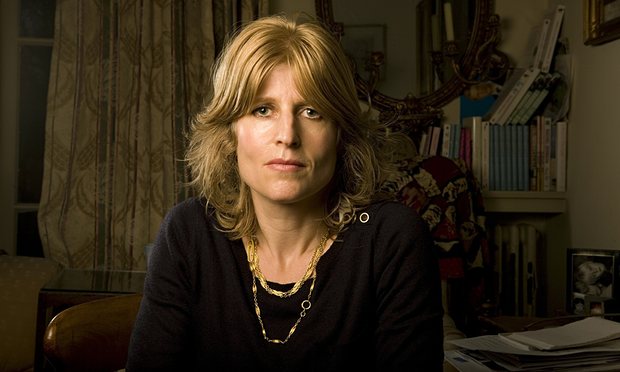A radiant Malala Yousafzai is enveloped by a large pink flower, the youngest-ever Nobel Peace Prize winner depicted at a lectern standing up for the right of girls to go to school. Underneath the beautifully simple yet striking illustration by Alexandra Boiger is her hugely affecting quote: “one child, one teacher, one book and one pen can change the world”.
Malala is – quite rightly – one of 13 women featured in Chelsea Clinton’s new children’s book, She Persisted Around the World: 13 Women Who Changed History. The title is self-explanatory; each woman is given a double page spread consisting of a paragraph of text from Clinton, placing the likes of Malala, Mexican writer and scholar Juana Inés de la Cruz, German astronomer Caroline Herschel, and Indian doctor Mary Verghese in some kind of context and explaining their impact on the world. The words are placed on top of Boiger’s arresting watercolours, the intention clearly being for four- to eight-year-olds to be drawn in and perhaps be inspired by tales of courage, intelligence and, naturally, persistence.
All impressive aims. But She Persisted Around the World – the follow-up to Clinton’s United States-focused She Persisted– does feel problematically formulaic.
It must obviously be judged by the educational aims Clinton wishes to impart upon her young audience – it’s about “celebrating women who didn’t take no for an answer” – but it doesn’t help that her little pen portraits feel so flat and lacking in detail. The inclusion of a bolded “she persisted” in every one has the opposite effect of celebrating the difference these women have made through their determination – instead making them meld into one mass, particularly when, inexplicably, there are no dates on any of her abridged stories. De la Cruz was a 16th-century scholar and Wangari Maathai a 20th-century Kenyan environmental activist, but you’d never know that from this book.
Some of the choices are a bit odd, too. Herschel’s inclusion as a four-foot-tall typhus survivor who taught herself maths and astronomy – and ended up becoming the first woman to discover a comet – makes sense. As does Marie Curie’s work in physics and chemistry (although curiously there is no mention of her impact on cancer care) or Aisha Rateb’s protracted legal work in Egypt to protect women and people with disabilities. But it does feel a little bit strange to find J K Rowling in this context, celebrated for being “famous as the woman who brought more magic in the world”. Chinese ballerina Yuan Yuan Tan is another weird inclusion – even if she’s just had a Barbie doll replica made of her.
Perhaps that’s Clinton’s point – all female life and experience is on display, and admittedly, it might be a bit hard-going for your average six-year-old to flick through page upon page of well-meaning Nobel Prize winners. It’s good to see the “Queen of Brazilian football”, Sisleide “Sissi” Lima Do Amor, included here. But when she’s given the same cursory potted life history as everybody else, it sums up why She Persisted Around the World seems like a missed opportunity.
On the final page, Clinton’s call is to “speak up, rise up, dream big. These women did that and more.” But the text that has gone before doesn’t really build to that laudable conclusion. Thank goodness, then, for the exceptional illustrations from Boiger. A series of welcoming, detailed watercolours featuring the subject as a child and adult, and intricately depicting an element of their life story, they do everything Clinton’s words struggle to convey: there’s a beautiful wordless language at play here as Boiger captures the quiet dignity of these 13 women in ways that are tonally similar but sufficiently distinct to make turning the page to another spread a real pleasure.
Which, maybe, will be enough for Chelsea Clinton’s readership. One imagines that if one young person is inspired to be like these women, wants to find out more about them and in so doing understands the central message (that it’s “not always easy being a girl … girls are more likely to be told to be quiet, to sit down, to have smaller dreams: don’t listen to these voices”), then She Persisted Around the World will have succeeded.
It’s a shame the book itself might be something of an exercise in persistence for its audience, too.


